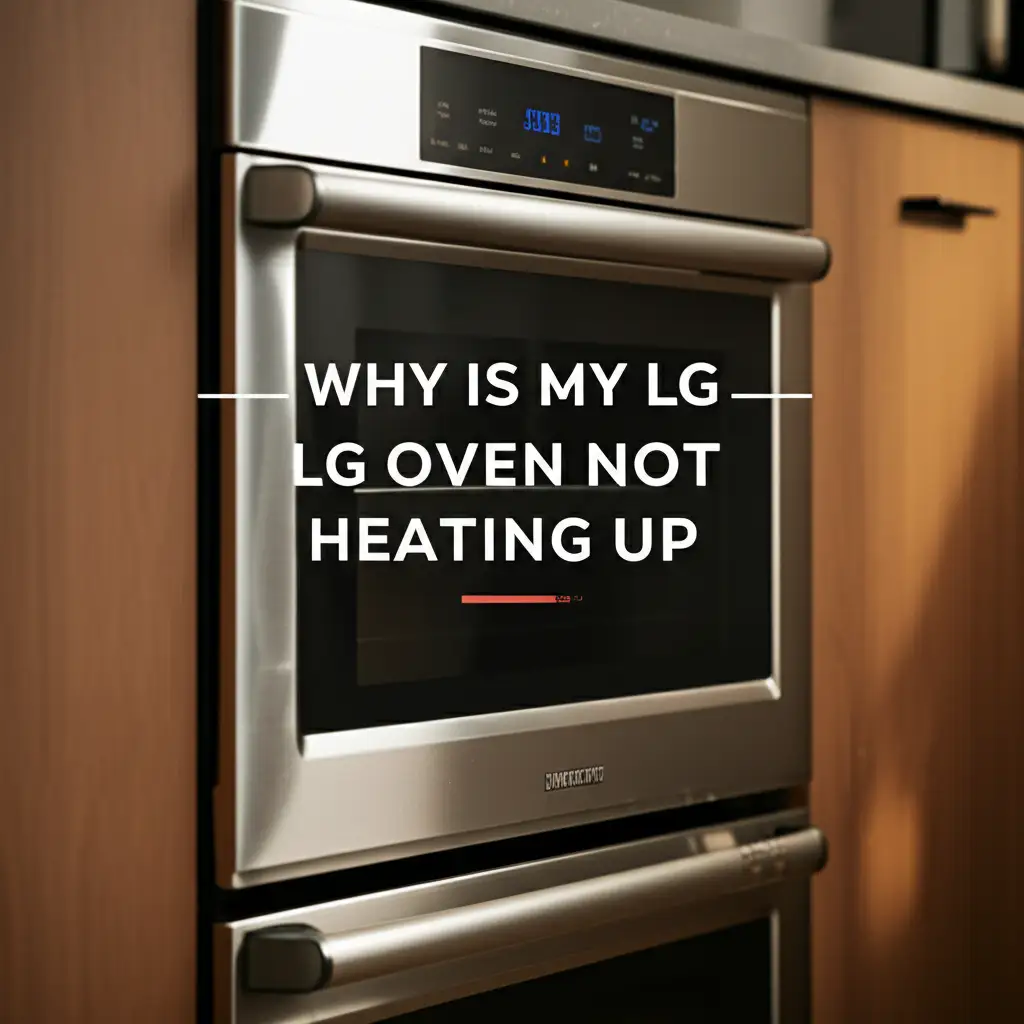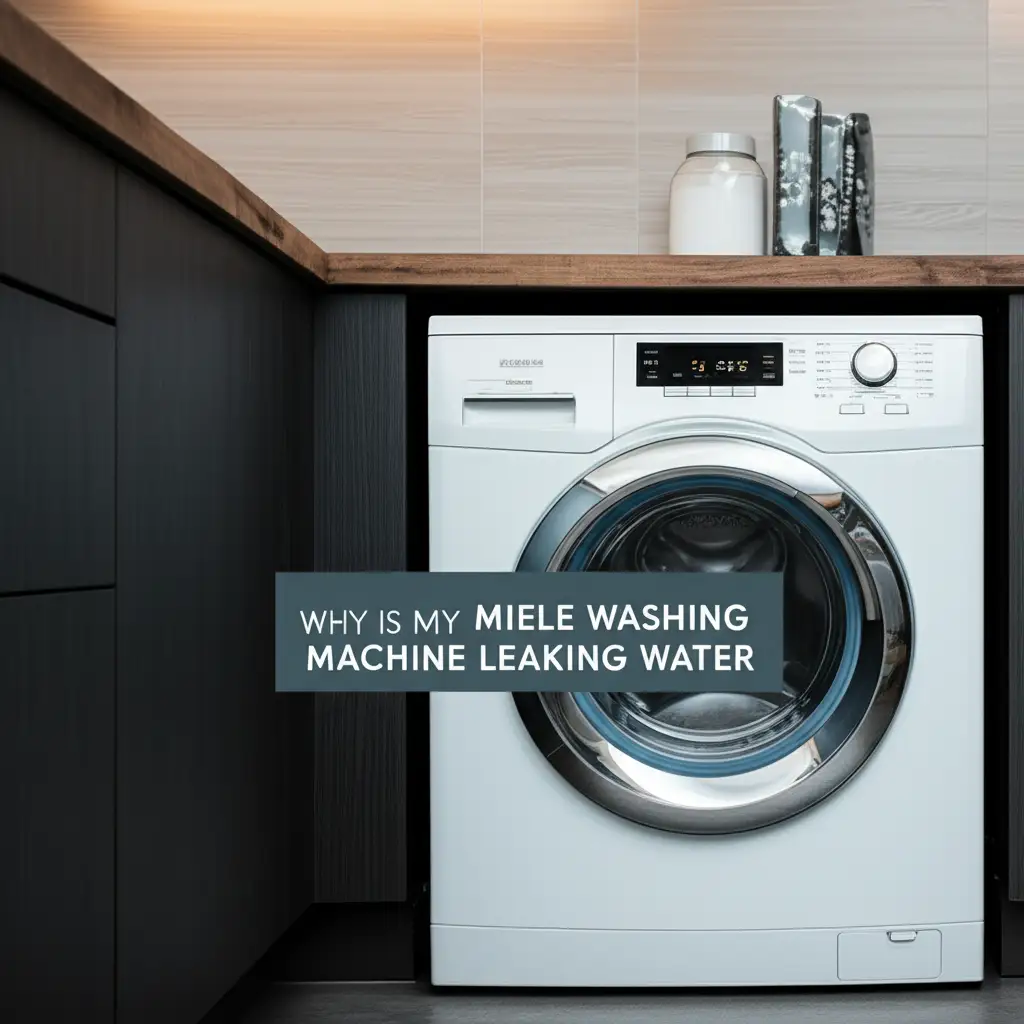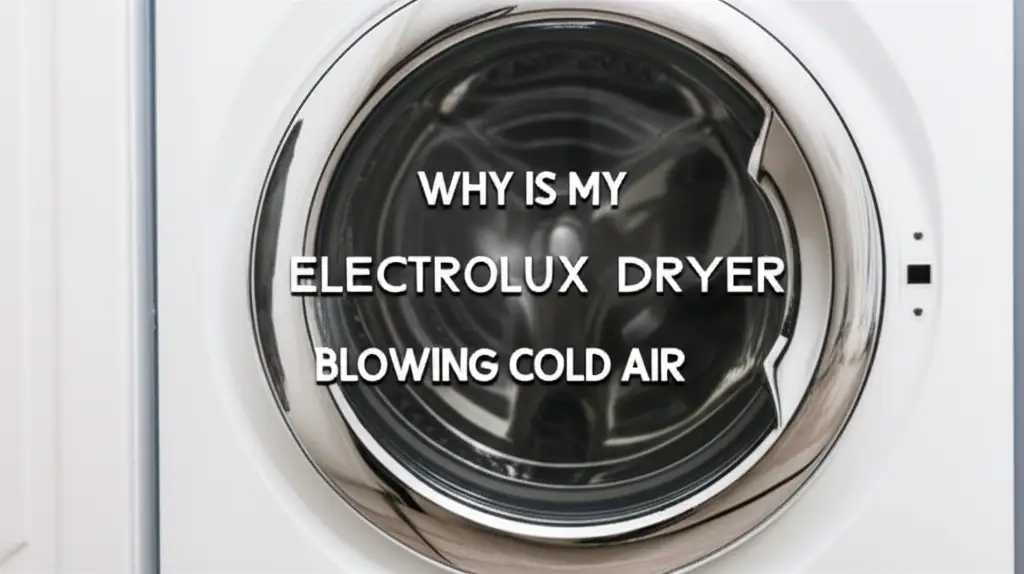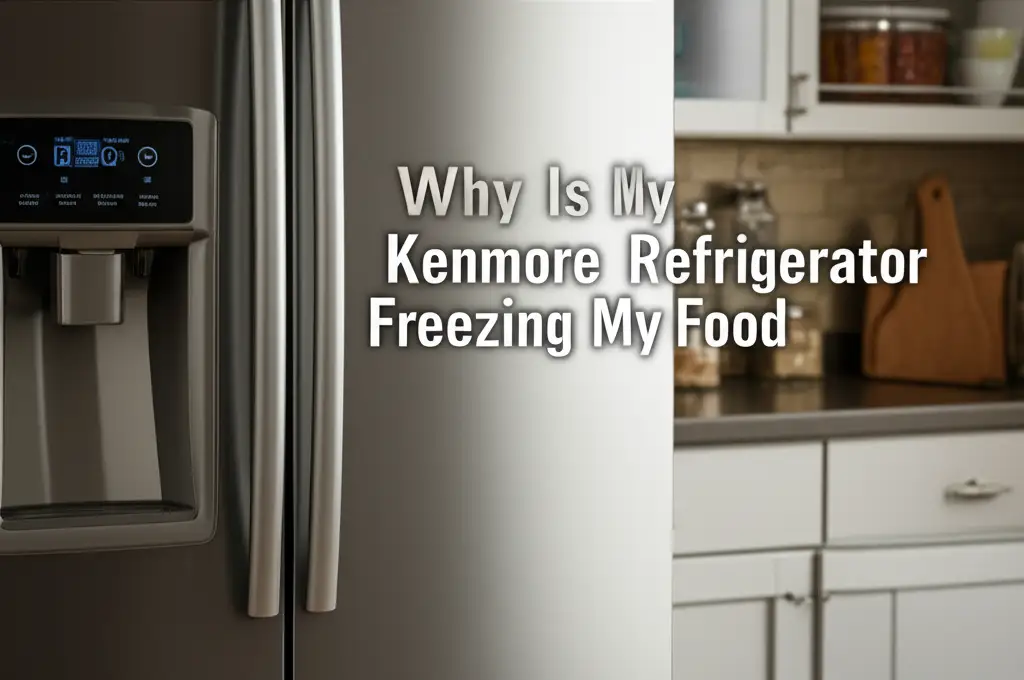· Todd Martin · Appliance Repair · 15 min read
How To Fix Gas Oven That Wont Light
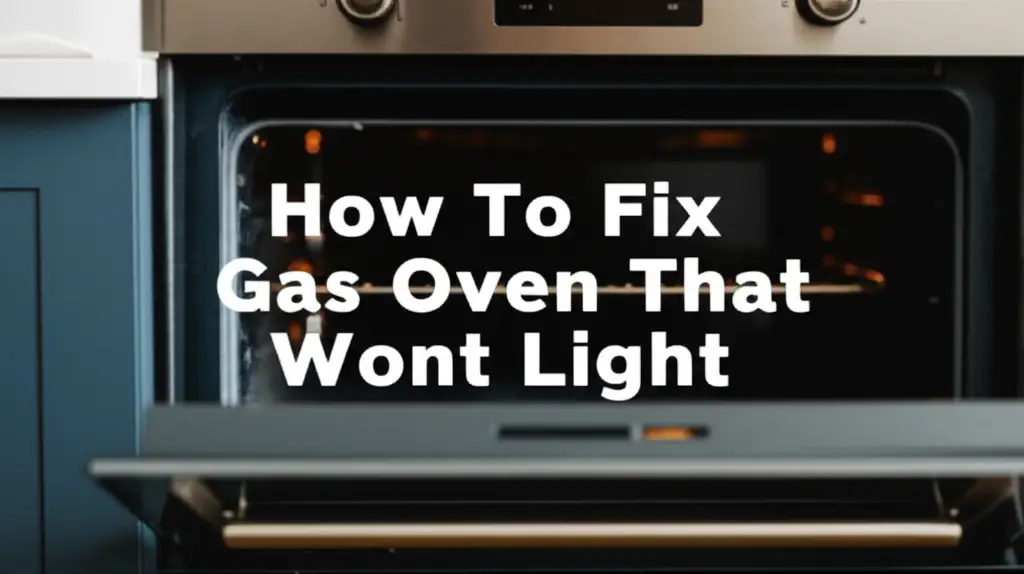
Fix Your Gas Oven: Troubleshooting When It Won’t Light
Picture this: You are ready to bake your favorite dish, but your gas oven refuses to light. This can be a very frustrating experience. If your gas oven won’t light, it can disrupt your cooking plans. But do not worry, this is a common problem, and often you can fix it yourself.
This comprehensive guide will help you understand why your gas oven might not light. We will walk you through essential safety measures first. Then, we will explore common culprits from gas supply issues to faulty igniters. You will learn practical troubleshooting steps to bring your oven back to life.
Takeaway
When your gas oven fails to light, follow these steps:
- Prioritize Safety: Always shut off gas and power before inspection.
- Check Gas Supply: Ensure the gas valve is open and other gas appliances work.
- Inspect the Igniter: Look for a glowing igniter or listen for a clicking spark.
- Address Pilot Light (Older Models): Clean and relight if your oven has one.
- Verify Electrical Connection: Confirm the oven receives power.
A gas oven that won’t light often indicates a problem with the gas supply, the igniter, or the pilot light system. First, check if the gas valve is open and if other gas appliances function. Next, inspect the igniter for a glow or sparking. If present, it may be too weak to ignite the gas.
Safety First: Essential Steps Before You Begin
Working with gas appliances requires extreme caution. Your safety is always the top priority. Before you start any troubleshooting, you must take specific steps. These steps prevent accidents and ensure a secure working environment.
First, turn off the gas supply to your oven. You can usually find the shut-off valve behind the oven. It is a small lever or knob on the gas line. Turn it to the “off” position. Next, unplug the oven from the electrical outlet. This stops all power flow to the appliance.
Open windows and doors to ensure good ventilation. This helps clear out any lingering gas odors. Gas is highly flammable, and proper ventilation reduces risk. Never use an open flame to check for gas leaks. Use soapy water if you suspect a leak.
A gas leak can be very dangerous. If you smell gas strongly, or hear a hissing sound, evacuate your home immediately. Do not use any electrical switches or phones. Call your gas company from a safe location. They can assess the situation safely.
Decoding Your Gas Oven’s Ignition System
Understanding how your gas oven lights up helps in troubleshooting. Modern gas ovens use an electronic ignition system. Older models might use a standing pilot light. Knowing your oven type helps you focus your troubleshooting efforts.
Most newer gas ovens have a hot surface igniter. This igniter gets hot enough to glow. It heats up to a specific temperature, then it signals the gas valve to open. The gas flows over the hot igniter, which ignites the gas. This creates the flame you need for cooking.
Another type is the spark igniter. You usually hear a rapid clicking sound when you turn on the oven. This sound comes from an electrode creating sparks. These sparks ignite the gas when it is released. Both systems are designed to ignite gas safely and reliably.
If your oven has a pilot light, it is a small, continuous flame. This flame is always on. When you turn on the oven, the gas flows towards this pilot light. The pilot light then ignites the main burner. We cover pilot light specific issues in a later section. Problems with the ignition system are very common. Often, the igniter itself wears out. If you notice your oven clicks but does not light, or does not glow, the igniter is likely the issue. You can learn more about related heating problems if your oven does not heat up but the stove works here.
Gas Supply Issues: The Foundation of the Problem
The simplest reason your gas oven won’t light is a lack of gas. This sounds obvious, but it is often overlooked. You must confirm that gas is flowing to your oven. A disconnected gas supply prevents ignition.
First, check the gas shut-off valve behind the oven. Make sure it is fully open. The handle should be parallel with the gas line. If it is perpendicular, it is closed. Open it fully and try to light the oven again.
Next, check other gas appliances in your home. Do your gas stove burners light? Does your water heater work? If other gas appliances are also not working, the problem might be with your main gas supply. This could mean a general gas outage or a problem with your home’s main gas line. In this case, contact your gas provider immediately.
Sometimes, a flex gas line can become kinked. This restricts gas flow. Carefully inspect the flexible line that connects your oven to the wall supply. Ensure it is not bent or crimped. A kinked line can prevent proper gas flow.
You might have a pressure issue. Gas pressure must be within a certain range for proper operation. Low pressure prevents the oven from lighting. This is less common but can happen. If all other gas appliances work, but your oven does not, the issue is more isolated. Knowing if you can use your gas oven when power is out can also help diagnose gas supply issues here.
The Faulty Igniter: A Common Culprit
The igniter is the most frequent reason a gas oven won’t light. It is a critical component for gas ignition. If your igniter is failing, your oven will not produce a flame. This part wears out over time.
There are two main types: hot surface igniters and spark igniters. Hot surface igniters are common in modern ovens. When you turn on the oven, this igniter should glow bright orange. It needs to reach a very high temperature to ignite the gas. If it glows dimly, or not at all, it is likely faulty. A weak glow means it cannot get hot enough to ignite the gas efficiently.
To inspect the hot surface igniter, turn on your oven and watch it. You may need to open the broiler drawer or remove the bottom panel. Look for the igniter near the burner tube. If it does not glow, or glows very faintly, it needs replacement. Replacement is usually straightforward.
Spark igniters create a visible spark. You will hear a rapid clicking sound as it tries to light the gas. If you hear clicking but no flame, the igniter might be dirty or misaligned. A dirty igniter cannot create a strong enough spark. Clean it gently with a soft brush. Make sure no food debris or grease blocks the spark.
If you don’t hear clicking from a spark igniter, check its wiring. Loose connections stop power flow. If the igniter sparks but still no flame, the gas valve might not be opening properly. However, a faulty igniter is usually the primary suspect for no ignition. This common problem also causes your oven not to heat up even if the stove works here.
Addressing Pilot Light Problems (For Older Ovens)
Some older gas ovens use a standing pilot light. This small, constant flame keeps the oven ready to light. If your oven has a pilot light and it is out, your oven will not light. Identifying whether your oven uses a pilot light or an electronic igniter is the first step. Look for a small, flickering flame near the burner assembly.
If you have a pilot light oven and it is out, you can try relighting it. First, locate the pilot light assembly. It is usually near the main burner. Look for instructions inside your oven door or in the owner’s manual. Most ovens have specific instructions for relighting their pilot. You typically press a button or turn a knob to “pilot” and hold a flame to the pilot opening.
A common issue with pilot lights is a clogged opening. Dust, grease, or food debris can block the tiny gas orifice. This prevents gas from reaching the pilot flame, causing it to go out. Use a thin wire or compressed air to carefully clear any blockages. Be gentle to avoid damaging the orifice.
Another component associated with pilot lights is the thermocouple. The thermocouple is a safety device. It senses if the pilot flame is present. If the pilot light goes out, the thermocouple cools down. This signals the gas valve to shut off the gas supply. A faulty thermocouple will prevent the main gas valve from opening, even if the pilot light is relit. If your pilot light works but no flame comes from the burner, it might be a thermocouple issue. You can learn more about this specific problem here.
Electrical & Control Board Malfunctions
Even a gas oven needs electricity to operate. The igniter, control panel, and safety valves all rely on electrical power. If your gas oven won’t light, a lack of power is a possibility. Do not assume electricity is irrelevant just because it’s a gas appliance.
First, check if the oven is properly plugged into the wall outlet. Sometimes, the plug can become loose. Push it firmly into the socket. Next, check your home’s circuit breaker box. Find the breaker labeled for your kitchen or oven. If it is tripped (usually in the middle position), flip it to the “off” position, then back to “on.” This resets the breaker.
A blown fuse can also cut power. Some ovens have internal fuses. Replacing these requires careful work and often professional help. If your control panel is completely blank, or if no lights come on, it is a strong sign of an electrical issue. This could be the outlet, the cord, or an internal wiring problem.
The control board is the brain of your oven. It sends signals to the igniter and gas valve. A faulty control board might not send the signal to light the oven. Symptoms of a bad control board include erratic behavior, unresponsive buttons, or no display. Control board replacement is complex and usually requires a technician. It is a costly repair.
Internal wiring issues can also prevent ignition. Loose or damaged wires can stop power from reaching components. Inspect visible wiring for burns or breaks, but always with the power off. While electric ovens have different heating elements, many electrical troubleshooting steps apply to both. You can read about how to fix an electric oven that won’t heat up here.
Beyond the Basics: Gas Valve and Thermostat Issues
If you have checked the igniter, gas supply, and electrical connections, other components might be the problem. These issues are less common for a “won’t light” scenario. However, they are still important parts of the ignition system. They often require professional diagnosis and repair.
The main gas valve controls the flow of gas to the burner. This valve usually opens only when the igniter reaches the correct temperature. If the valve is faulty, it might not open at all. This means gas never reaches the igniter, so no flame forms. A gas valve can stick or fail electronically. Testing a gas valve requires specific tools and expertise. It is a critical safety component.
The oven thermostat regulates the temperature inside the oven. It signals the control board when the oven needs to heat up. If the thermostat is faulty, it might not send the signal for heat. This would prevent the igniter from activating. Symptoms of a bad thermostat include inaccurate temperatures or the oven failing to heat. Sometimes, a faulty thermostat can also cause your gas oven to turn off by itself here.
The flame sensor also plays a role in modern ovens. After the igniter lights the gas, the flame sensor detects the flame. If it does not detect a flame, it signals the gas valve to shut off. This is a safety feature. A dirty or faulty flame sensor can cause the oven to light briefly then shut off. It might also prevent it from lighting at all if it falsely detects no flame. Cleaning the sensor can sometimes fix this problem. Use fine-grit sandpaper or an emery board to clean off any carbon buildup.
If you suspect issues with the gas valve, thermostat, or flame sensor, consider calling a certified technician. These parts are more complex to diagnose and replace. Incorrect handling can create safety hazards. Professionals have the right tools and knowledge for these repairs.
When to Call a Professional: Knowing Your Limits
While many oven problems are DIY-friendly, some situations require expert help. Knowing when to call a professional protects your safety. It also ensures the problem gets fixed correctly. Do not hesitate to contact a technician if you feel uncertain or uncomfortable.
Call a professional if you suspect a gas leak. If you smell gas or hear a hissing sound, evacuate and call your gas company or emergency services immediately. Never try to find or fix a gas leak yourself. Gas leaks are extremely dangerous.
If you have tried all troubleshooting steps and your oven still won’t light, it is time for an expert. Problems with the main gas valve or the oven’s electronic control board are best left to professionals. These components are expensive and complex. Incorrect installation can create more issues or be unsafe.
A professional technician has specialized tools. They can diagnose complex electrical issues or internal component failures. They can safely test gas pressure and identify obscure problems. They also ensure repairs meet safety standards. They carry genuine replacement parts.
Consider the cost of parts and your time. Sometimes, paying for professional service is more economical. This is especially true for major components. If your oven is older, weigh the repair cost against replacement. A professional can offer advice on this decision. Your peace of mind and safety are worth the investment.
FAQ Section
Q1: Why would my gas oven suddenly stop lighting? A gas oven can stop lighting for several reasons. The most common cause is a faulty igniter that no longer heats enough to ignite gas. Other reasons include a tripped circuit breaker, a closed gas valve, a clogged pilot light (in older models), or a problem with the oven’s control board. Check gas supply and power first.
Q2: How do I know if my oven igniter is bad? You can usually tell if your hot surface igniter is bad by observing it. When you turn on the oven, the igniter should glow bright orange. If it glows dimly, or if it does not glow at all, it is likely faulty. For spark igniters, listen for a rapid clicking sound. If it clicks but no flame, it may be weak or dirty.
Q3: Can I replace a gas oven igniter myself? Yes, replacing a gas oven igniter is often a DIY task. It typically involves disconnecting power and gas, accessing the igniter, unscrewing it, and replacing it with a new one. Always ensure the replacement part is compatible with your oven model. Follow the safety precautions outlined in your oven’s manual.
Q4: What if I smell gas but the oven won’t light? If you smell gas, do not attempt to light the oven or any other appliances. Immediately open windows and doors for ventilation. Evacuate your home and contact your gas company or emergency services from a safe location. A gas leak is a serious safety hazard and requires professional attention. You can also read more about how to tell if your gas oven is leaking here.
Q5: My stove burners work, but the oven doesn’t light. Why? If your stove burners work but the oven does not light, it suggests the main gas supply to the range is fine. The problem is specific to the oven’s ignition system. This commonly points to a faulty oven igniter, a malfunctioning oven safety valve, or issues with the oven’s specific control circuits. The problem is isolated to the oven section.
Q6: How much does it cost to fix a gas oven that won’t light? The cost to fix a gas oven that won’t light varies widely. Replacing an igniter is often the cheapest repair, typically ranging from $150 to $300, including parts and labor. More complex issues like a faulty gas valve or control board can cost $300 to $600 or more. DIY replacement of an igniter costs only the part price.
Conclusion
Having a gas oven that won’t light can feel daunting, but many issues are fixable. We covered crucial safety steps, understanding your oven’s ignition system, and troubleshooting common problems. From ensuring your gas supply is on to diagnosing a faulty igniter, you now have a roadmap. Many times, a simple check or a part replacement is all it takes.
Remember to prioritize safety above all else. Always turn off the gas and electricity before you begin any inspection or repair. If you suspect a gas leak, or if you feel unsure about any step, please call a qualified professional. You are capable of handling many of these repairs yourself. Take the steps we discussed and restore your oven’s function. Enjoy baking your favorite meals again in a working gas oven.
- gas oven won't light
- oven repair
- appliance troubleshooting
- igniter replacement
- gas range issues
- DIY oven fix
- kitchen repair


